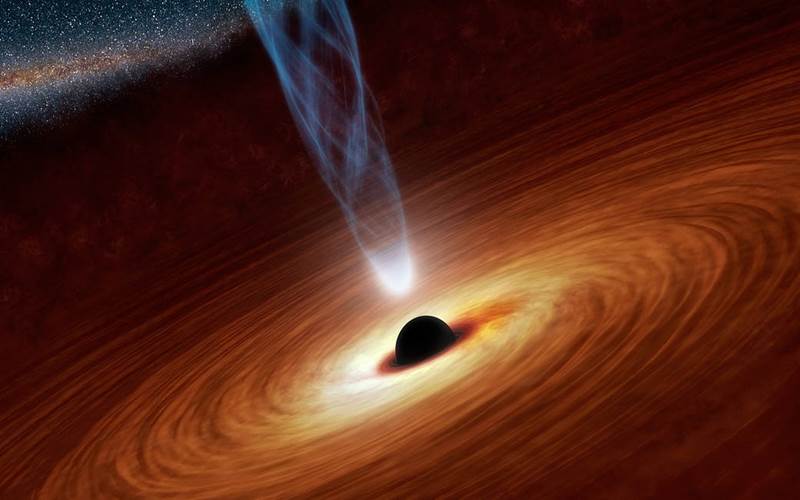Harianjogja.com, JAKARTA – In 2020, astronomers identified the closest black hole to Earth, just 1,000 light years away (less than 1% of the width of the Milky Way).
Now, new research from some of the same astronomers suggests they may have been fooled by a cosmic illusion.
In a new study published March 2 in the journal Astronomy & Astrophysics, researchers looked back at the star system named HR 6819 with the European Southern Observatory (ESO) Very Large Telescope.
What appears in 2020 as a massive three-object system of massive stars orbiting the black hole every 40 days, with a second star orbiting further afield actually contains no black hole at all, the researchers wrote in LiveScience.
At first glance, HR 6819 now looks like a system of two stars orbiting each other very closely, and with a very complicated relationship.
“Our best interpretation so far is that we captured this binary system shortly after one of the stars sucked the atmosphere from its companion star,” said study co-author Julia Bodensteiner, an ESO Fellow in Munich, Germany, in a statement. “This is a common phenomenon in near binary systems, sometimes referred to as stellar vampires.”
As a result, one star lost a significant amount of its mass to another star around the time astronomers observed it in 2020 making it appear as if the two stars were orbiting each other very far apart, when in fact one star was only far apart.
The vampire’s mass transfer will also make the receiving star spin faster, further reinforcing the illusion that it is closer to Earth than its smaller companion star. No black hole needed.
Bodensteiner and his colleagues originally proposed this vampire star hypothesis in a June 2020 paper in Astronomy & Astrophysics one month after the publication of a paper claiming HR 6819 contains the closest black hole to Earth.
In the new paper, Bodensteiner and the authors of the original HR 6819 study join forces to find out, once and for all, which one of them has a better theory about the behavior of strange star systems.
Using some of the Very Large Telescope’s high-definition instruments, the researchers found that the two stars in HR 6819 actually orbit each other at only a third of the distance between Earth and the sun – meaning one of them is much larger and faster. spin from the others. The vampire star hypothesis wins.
So, while Earth’s closest known black hole may only be a few thousand light-years away (the next closest is about 3,000 light-years away, Live Science previously reported), HR 6819 remains an interesting study target for other reasons. .
“Capturing the post-[vampirisme] “This makes our findings for HR 6819 very interesting, because it presents a perfect candidate for studying how these vampires are so difficult because they are so short,” said study lead author Abigail Frost, a postdoctoral researcher at KU Leuven in Belgium. influence the evolution of massive stars.”
Meanwhile, the search for a nearby black hole continues.
According to the study’s authors, there are tens of millions to hundreds of millions of black holes lurking in the Milky Way alone. It’s only a matter of time before astronomers find another one in our cosmic backyard.
Source: JIBI/Bisnis.com
–


